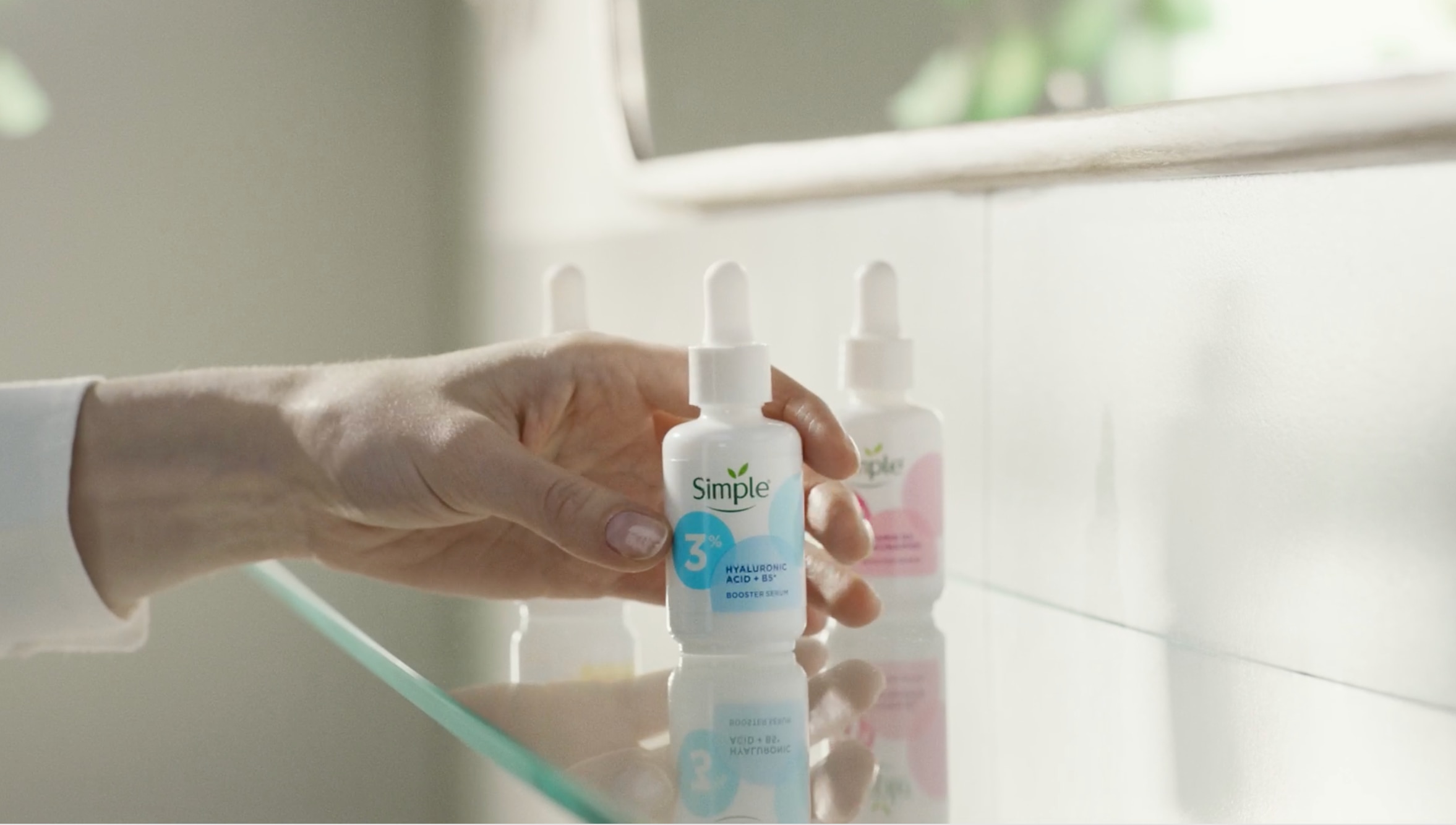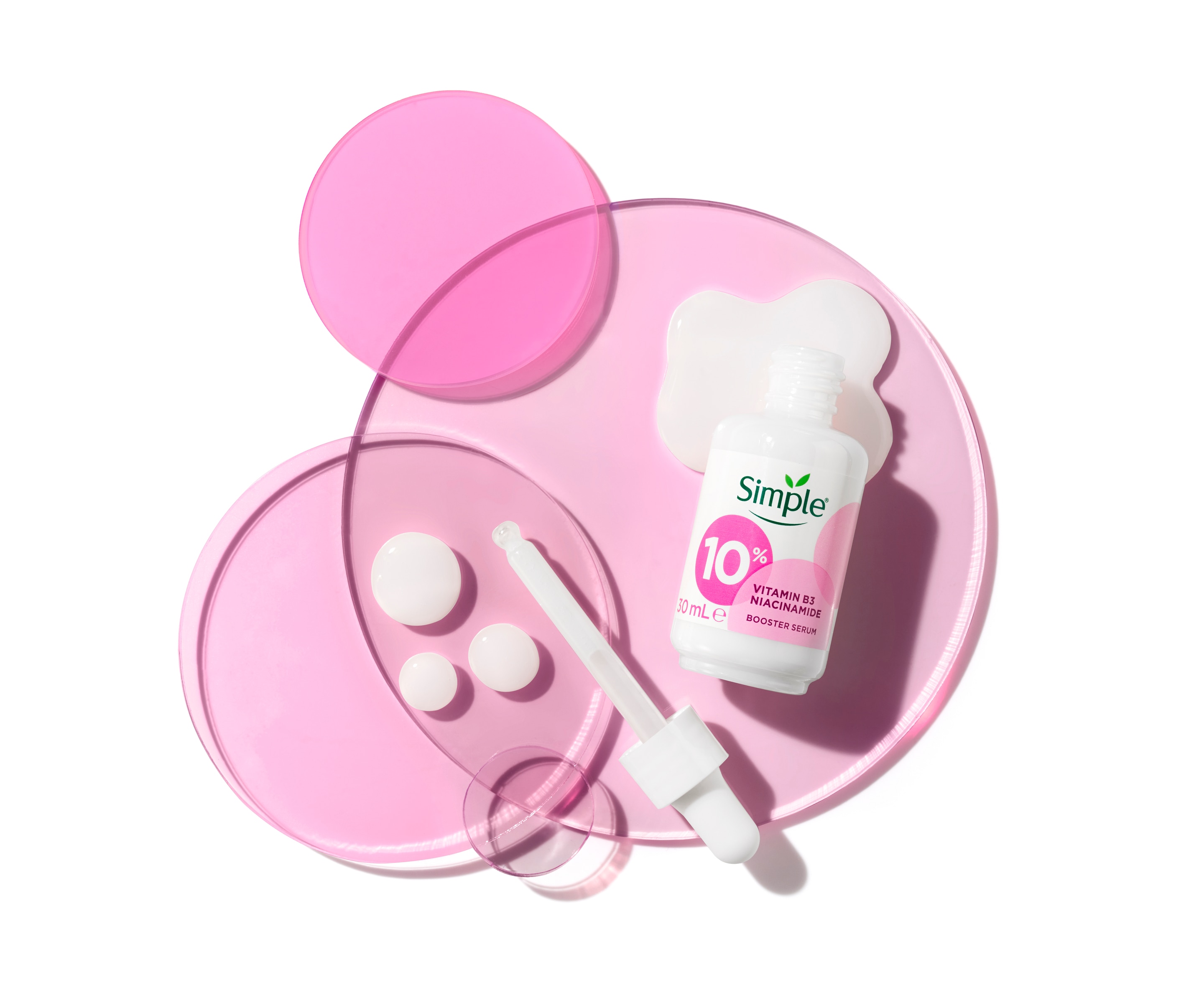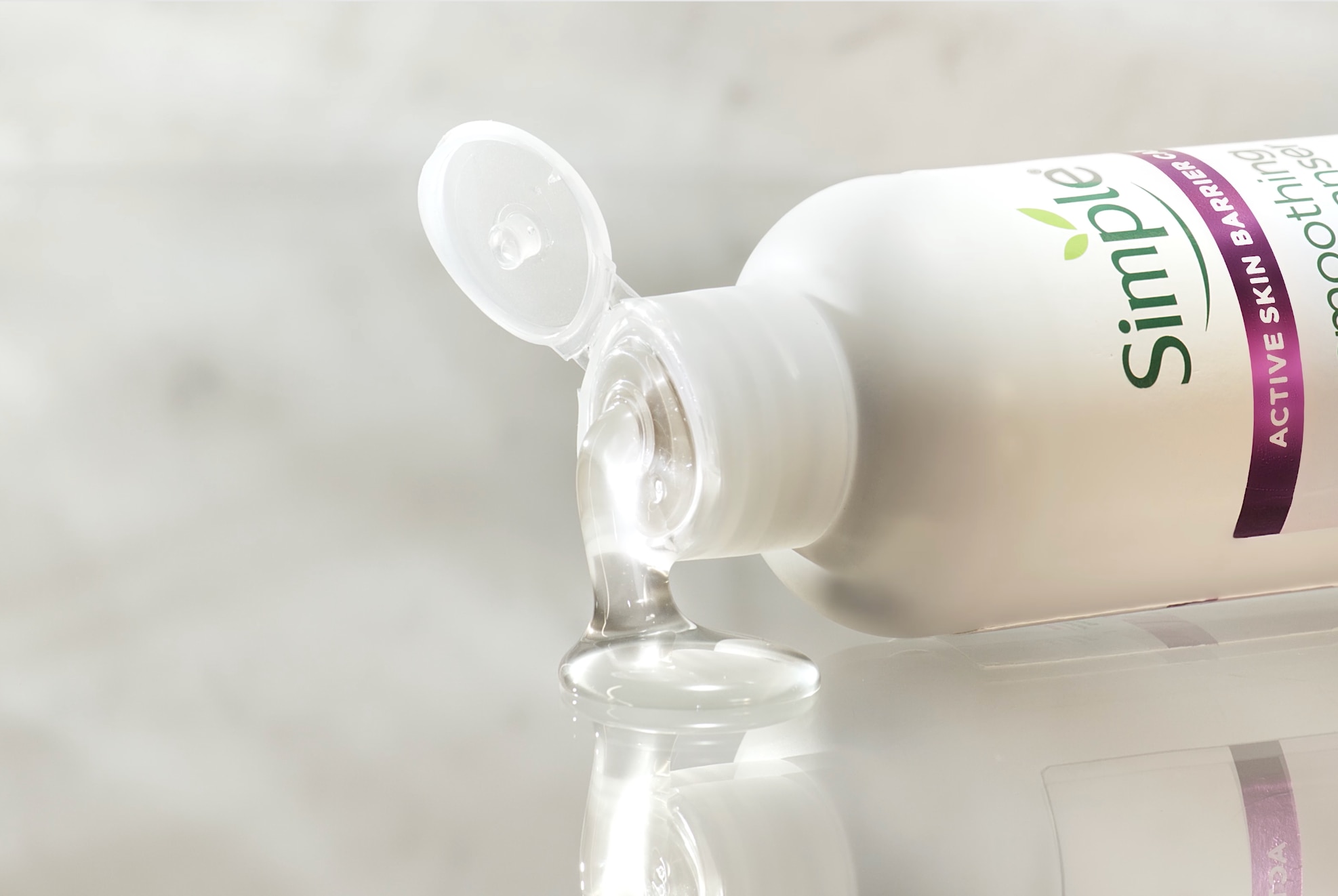Skip to:

How to Get Rid of Dark Spots on Your Face
Have you noticed that you’re starting to get small patches of skin on your face that are darker than the rest of your complexion? You could have dark spots (which are also sometimes referred to as age spots, sunspots or hyperpigmentation). We’re here to illuminate you on what dark spots are, the causes behind them and how to tackle them. Plus, how to help prevent them forming in the future.
Where dark spots come from
What are dark spots?
Dark spots are exactly what they sound like. They’re small patches of pigmentation on the skin that appear darker than someone’s overall skin tone. They happen due to the overproduction and clustering of melanin, the chemical which gives your complexion colour. This can be due to a condition called hyperpigmentation that causes areas of the skin to darken.
Although they can appear anywhere on the body, these overactive pigment cells are especially common on the face and other areas that get the most sun exposure. Unlike freckles which can appear to fade a bit in the winter months, dark spots generally remain. They tend to be linked to lighter skin tones, but anyone can develop the condition at any point in time. In fact, dark spots are common in people with darker skin tones.
What causes dark spots on skin?
As with all skin conditions, the causes and triggers of dark spots can vary. Some of the ways dark spots can either be caused or accelerated include...
Sun exposure
UV rays can speed up the development of dark spots and make them more noticeable. Anyone who is prone to them can tell you that after a sunny trip they become more visible. Having a history of getting sunburnt can also increase your risk of developing dark spots in the future.
Genetics
For some people, dark spots run in the family. If your parents or grandparents have them, then it could be a sign that you might develop them later in life.

Hormones
Hormonal fluctuations, such as those that occur during pregnancy (melasma), menopause, or as a result of hormonal contraceptives, can trigger excess melanin production. These can all lead to dark patches on the skin.
Ageing
Some people know them as age spots because dark patches on skin can start to appear as we get older. They’re common in people who are aged 50 or above, as skin has had more exposure to UV rays by this point than someone in their earlier years. This can be why people who do develop them prematurely sometimes find that people tend to think they’re a little older than they actually are.
Skin injuries
Sometimes your skin’s reaction to injury or irritation can be to produce extra melanin. This is a condition known as post-inflammatory hyperpigmentation and can be triggered by things like:
- Acne
- Eczema
- Bug bites
- Cuts
- Burns
- Infections
Treatment and prevention
What skincare helps with dark spots?
Some actives in skincare can help you improve the look of dark patches on skin. Gently exfoliating acids like alpha hydroxy acids (AHAs) can shift dead skin cells, revealing fresher-looking skin and fading dark marks in the process.
Our Smoothing Gel Cleanser enriched with 5% Lactic Acid and Hyaluronic Acid is the perfect pick to help shift older cells and keep pores clear, revealing the fresher, more radiant skin beneath.
Glow-boosting ingredients like Vitamin C can be another way of lightening dark spots, so our 10% Vitamins C+E+F Booster Serum is one to start using. It’s the perfect product if you want to restore glow to dull-looking skin in general.
Lastly, Niacinamide is an amazing multi-tasking active for skin that improves skin barrier strength and skin texture, as well as minimising the appearance of dark spots. Try adding our 10% Vitamin B3 Niacinamide Booster Serum into your routine and see if it works for you.

It’s worth noting that skincare actives like Niacinamide can take a few weeks to begin to show results. Be patient and consistent with using them before deciding if they’re effective for you or not.
Like all our products at Simple, our serums are dermatologically tested and suitable for sensitive skin.
How can you prevent dark spots in the future?
Again, it depends on the root cause of your dark spots but one of the main things you can do is to protect your skin from the sun. Try to stay in the shade when the UV rays are at their strongest and use sunscreen during the day to defend against damage.
You can include moisturisers with SPF like our Age Resisting Cream SPF 15 and Protect ‘N’ Glow™ Triple Protect Moisturiser SPF 30 in your routine. If you’re going to be out in the sun for longer than usual however, make sure you use a high factor, broad-spectrum sunscreen and top up regularly.
As with any skin condition, dark spots aren’t an imperfection because there’s no such thing. Looking after your skin and helping to protect it from the sun is a good idea in general to prevent burning and future damage. However, treating hyperpigmentation is something you only need to do if you think it’d make you feel more confident in your own skin.
-
Related Articles
- Slide One



